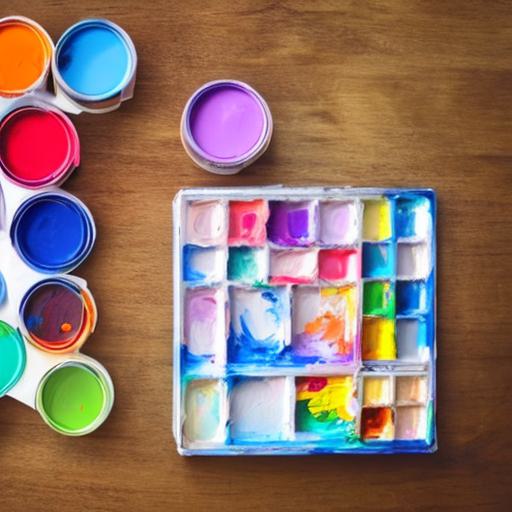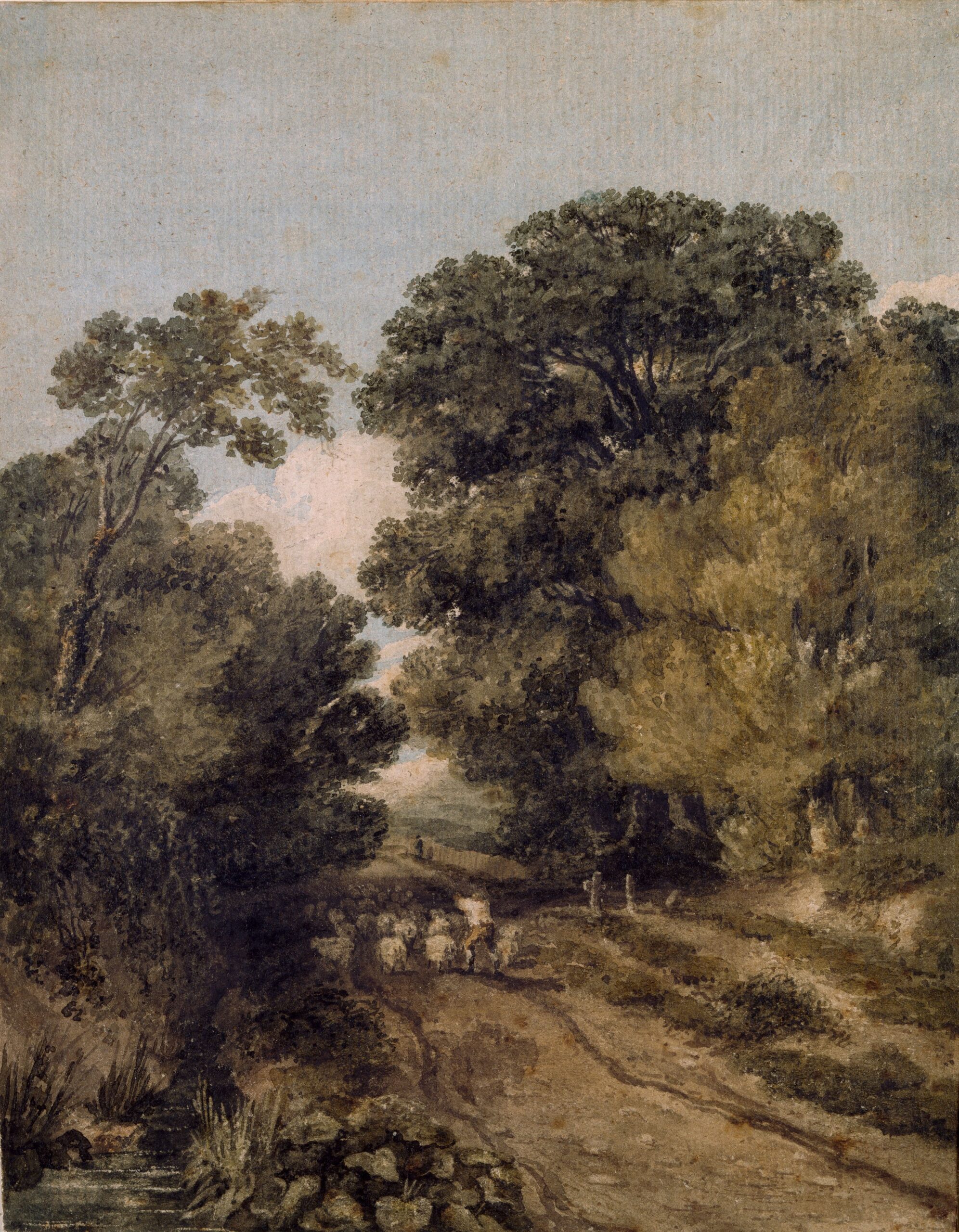Acrylic paint has become an increasingly popular choice among artists due to its versatility and vibrant colors. But just how durable is acrylic paint? This article explores the durability of acrylic paint, examining its ability to withstand various environmental factors and the longevity of painted surfaces. By addressing common concerns and providing valuable insights, you will gain a comprehensive understanding of the durability of acrylic paint and its suitability for your artistic endeavors.
Factors That Influence Durability
Type of Acrylic Paint
The type of acrylic paint used can significantly impact the durability of a painting. There are various types of acrylic paints available, ranging from student-grade to professional-grade. Student-grade paints are typically less expensive and have lower pigment concentrations, which can affect their durability. On the other hand, professional-grade acrylic paints contain higher levels of high-quality pigments, resulting in better color intensity and longevity. Therefore, choosing a high-quality acrylic paint can enhance the durability of your artwork.
Quality of Acrylic Paint
Apart from the type, the quality of acrylic paint is also a crucial factor in determining its durability. Cheaply made acrylic paints may contain additives or fillers that can weaken the paint film over time. On the contrary, high-quality acrylic paints are formulated with superior ingredients that ensure better adhesion and flexibility. Investing in high-quality acrylic paints will not only improve the durability but also enhance the overall appearance and longevity of your artwork.
Surface Preparation
The surface you paint on plays a significant role in the durability of acrylic paintings. Proper surface preparation is essential to create a strong bond between the paint and the substrate. Priming the surface with gesso or a suitable primer is highly recommended, as it creates a stable base for the paint to adhere to. Additionally, ensuring the surface is clean, free from dust, and adequately sanded, if needed, will help to achieve better adhesion and minimize the risk of flaking or peeling over time.
Application Technique
The way acrylic paint is applied can impact its durability as well. The application technique refers to the method and tools utilized during the painting process. Applying thin, even layers of paint with proper brushstrokes or using techniques like glazing and impasto can contribute to a stronger paint film. Avoiding excessive layering or thick impasto techniques can reduce the risk of cracking or chipping. It’s vital to use the right brushes, palette knives, or other tools to ensure even coverage and avoid any unnecessary stress on the paint surface.

This image is property of images.unsplash.com.
Durability on Different Surfaces
Canvas
Canvas is one of the most commonly used surfaces for acrylic paintings. Acrylic paints adhere well to canvas, making it a durable option. However, the type and quality of the canvas can affect the durability. Stretched canvas tends to be more durable than canvas panels or boards, as it provides better flexibility and resists warping or cracking. Choosing a heavyweight, archival-grade canvas and properly priming it will ensure the longevity of your acrylic artwork.
Wood
Acrylic paints can be applied to wooden surfaces, but the durability may depend on the type of wood and its preparation. Softwoods, like pine, are more prone to expansion and contraction due to changes in humidity, which can lead to cracking of the paint film. Hardwoods, such as oak or maple, are more stable and offer better durability. Properly sealing and priming the wood surface before applying acrylic paint is crucial to prevent moisture absorption or substrate damage.
Paper
While acrylic paints can be used on certain types of paper, it is generally less durable compared to other surfaces. Unprimed or low-quality papers can be prone to yellowing, degradation, or warping over time. However, using archival-grade, acid-free paper and applying a suitable primer can improve the durability of acrylic paintings on paper. It is also important to protect paper artworks from excessive moisture, sunlight, and physical damage.
Glass
Acrylic paints can be applied to glass surfaces, but durability can be a challenge due to the smooth and non-porous nature of glass. Without proper surface preparation, adhesion can be compromised, leading to flaking or peeling. To enhance durability on glass, it is recommended to use a glass primer or etching solution before applying acrylic paint. Additionally, adding a clear protective coating can further safeguard the painted glass surface from scratching or fading.
Fabric
Acrylic paints can adhere well to fabrics, making them suitable for painting on textiles. However, the durability of acrylic paintings on fabric can vary depending on the fabric type, preparation, and post-treatment. Natural fibers, such as cotton or linen, tend to provide better adhesion and durability compared to synthetic materials. Preparing the fabric with a fabric medium or textile primer can improve the longevity of acrylic paint on fabric. To ensure durability, it is advisable to hand wash or gentle machine wash fabric paintings, avoiding harsh detergents or bleach.

This image is property of images.unsplash.com.
Effect of Environmental Factors
Exposure to Sunlight
Exposure to sunlight can have a significant impact on the durability of acrylic paintings. Acrylic paints are generally considered lightfast, meaning they are resistant to fading or color shifts when exposed to sunlight. However, prolonged and direct exposure to intense UV rays can still cause some degree of fading over time. To protect acrylic paintings from sunlight damage, it is advisable to display them away from direct sunlight or use UV-protective glass when framing.
Humidity and Moisture
Humidity and moisture levels in the environment can affect the durability of acrylic paintings. High humidity can lead to the growth of mold or mildew, which can damage the paint film and cause discoloration. Moisture absorption by the substrate can also lead to warping or cracking. To minimize the impact of humidity and moisture, it is crucial to store or display acrylic paintings in a controlled environment with adequate ventilation and avoid areas prone to dampness.
Temperature Fluctuations
Extreme temperature fluctuations can pose a risk to the durability of acrylic paintings. Rapid changes in temperature can cause the paint film and the substrate to expand or contract at different rates, leading to cracking or delamination. It is important to store and display acrylic paintings in a stable temperature environment, away from direct heat sources or areas prone to temperature variations, such as near windows or doors.
Chemical Exposure
Acrylic paints are generally resistant to chemical exposure, making them durable in various situations. However, certain chemicals or solvents can still affect the paint film. Avoiding contact with harsh chemicals, strong solvents, or household cleaners is recommended to maintain the integrity of acrylic paintings. In case of accidental exposure, prompt cleaning using mild soap and water, and avoiding excessive scrubbing, is advisable.

This image is property of images.unsplash.com.
Protecting and Preserving Acrylic Paintings
Varnishing
Varnishing acrylic paintings is a crucial step in protecting and preserving their durability. Varnishes provide a clear protective layer that shields the paint film from dust, moisture, and UV radiation. It also enhances the color saturation and surface sheen, giving the artwork a professional finish. Choosing an archival-quality varnish specifically formulated for acrylic paintings and applying it following the manufacturer’s instructions will ensure optimal protection and durability.
Framing and Display
Proper framing and display techniques can significantly contribute to the longevity of acrylic paintings. Framing not only enhances the visual presentation but also acts as a barrier against environmental factors. Using archival-grade materials, such as acid-free matting and UV-protective glazing, can prevent direct contact with harmful elements. Additionally, ensuring the artwork is securely mounted, using proper hanging hardware, and avoiding exposure to excessive vibrations or impact can help maintain its structural integrity over time.
Cleaning and Maintenance
Regular cleaning and maintenance are essential for preserving the durability of acrylic paintings. Dust and other contaminants can accumulate on the paint surface, potentially leading to discoloration or surface damage. To clean acrylic paintings, gently dust the surface with a soft brush or use a microfiber cloth. If more thorough cleaning is required, lightly dampen a cloth with water or a mild soap solution and gently wipe the surface in small, circular motions. It is important to avoid excessive rubbing or agitation to prevent any damage to the paint film.
In conclusion, the durability of acrylic paintings is influenced by various factors. Choosing high-quality acrylic paints, proper surface preparation, and employing suitable application techniques can enhance durability. Different surfaces require specific considerations, with canvas being a popular and durable option. Environmental factors, such as sunlight, humidity, temperature fluctuations, and chemical exposure, can impact longevity and should be taken into account. Protecting and preserving acrylic paintings through varnishing, proper framing and display, and regular cleaning and maintenance are essential to ensure their durability and longevity. By understanding these factors and implementing appropriate measures, you can create acrylic paintings that stand the test of time.




